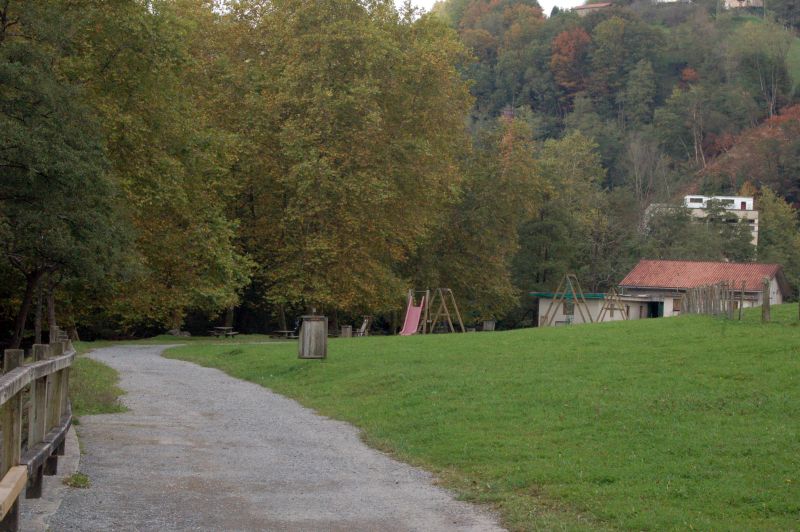
Puntos de Interés

Vegetation
The Cumbre Vieja Natural Park
The Cumbre Vieja Natural Park, located on the island of La Palma, encompasses an impressive landscape that combines geological history, biodiversity and unique scenic beauty. This enclave extends along the crest of the Cumbre Vieja volcanic mountain range, in the inland area of the island, covering the municipalities of Los Llanos de Aridane, El Paso, Fuencaliente and Villa de Mazo.
The Cumbre Vieja Natural Park is a protected space under a number of different categories. It was declared a Biosphere Reserve by UNESCO in 1983, and is also part of the Natura 2000 Network as a Special Area of Conservation (SAC) and Special Protection Area for Birds (SPAB), contributing to the preservation of its rich biodiversity.
From a geological perspective, Cumbre Vieja is distinctive for its volcanic origin, narrating the geological history of the island through its historic eruptions, the best known being those of the 19th, 20th and 21st centuries. For this reason it exhibits a fascinating morphology marked by cones and lava flows, which sculpt a spectacular landscape, resulting in the formation of natural monuments such as Roque Niquiomo and the fascinating volcanic tubes of La Montaña de La Horqueta. The geology of the park combined with the humid climate at the summit gives rise to springs and watercourses that flow in certain areas of the park.
In terms of habitats, the park is home to a diversity of ecosystems ranging from laurel forests to areas adapted to volcanic soils. Plant species include: the majestic red tajinaste (Echium wildpretii) the fayal-brezal formations, typical of the humid forest; or monteverde, the most outstanding species being the faya (Morella faya) and Canarian heather (Erica canariensis). Visitors can also enjoy Canarian pine forests (Pinus canariensis) and palo blanco (Picconia excelsa). Meanwhile, the fauna includes the kestrel (Falco tinnunculus) and the La Palma giant lizard (Gallotia auaritae).
The Cumbre Vieja park reveals traces of the aboriginal presence, with petroglyphs and sites that tell the ancestral history of the island. These include the hut settlement at the Pilar refuge and the petroglyph stations at Roque Niquiomo. The presence of cave dwellings and petroglyphs, like at Montaña Quemada, underlines the historical importance of the park. This historical evolution has allowed the park to culturally reflect the islanders' connection to the land, as evidenced by traditional farming and ranching practices.
The tourism sector together with the agricultural sector, specialising in wine production in vineyards cultivated on the volcanic slopes, are the main economic engines of the park's neighbours. Hiking is the most popular activity, thanks to the extensive network of trails that allow visitors to explore its natural wonders; from laurel forests to petrified lava fields, every nook and cranny reveals the richness of this ecosystem. La Cumbre Vieja is also known for its astronomical observatories, taking advantage of the altitude and the favourable atmospheric conditions for stargazing.


